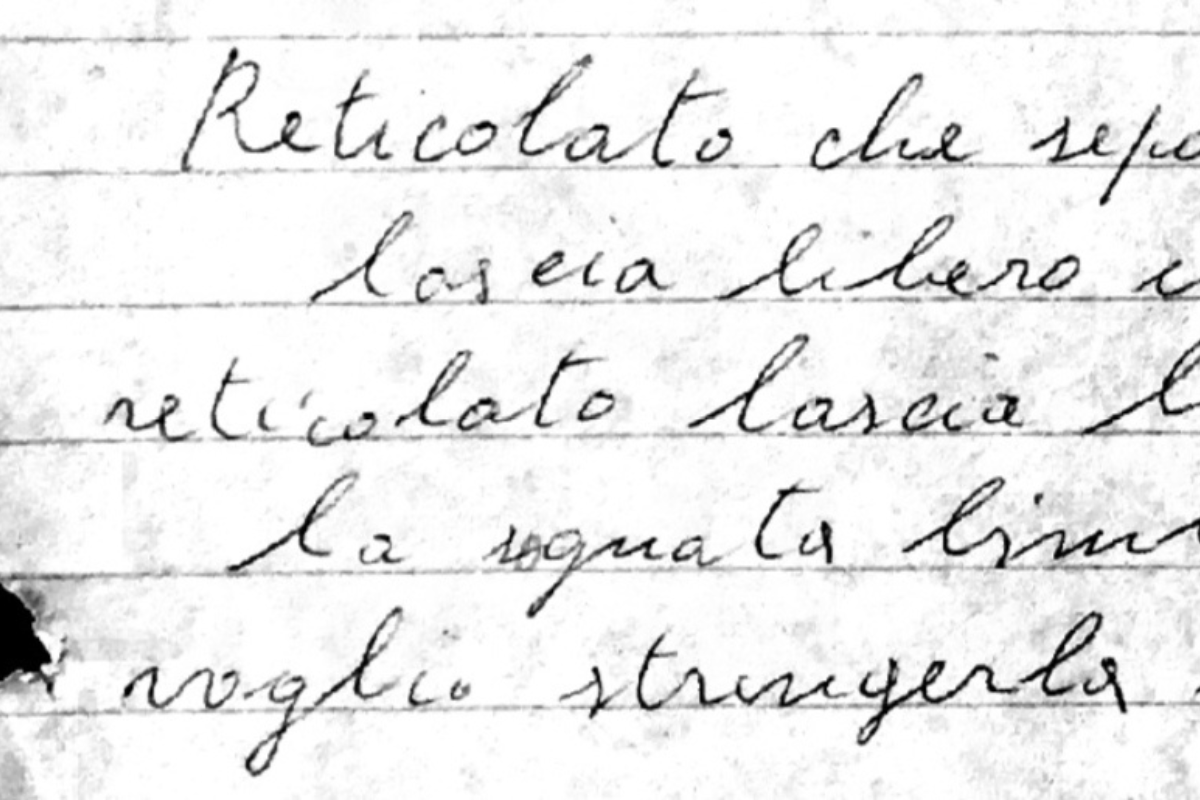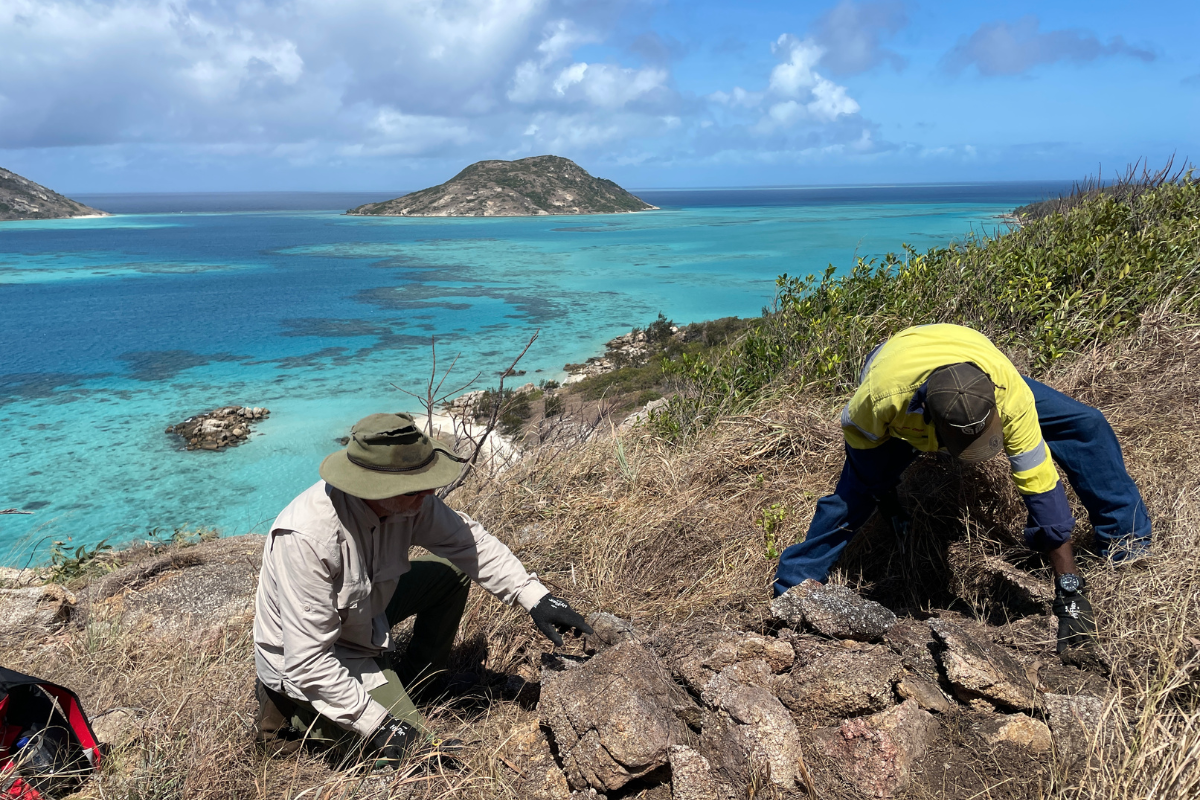At a time when our nation has had to invent new ways to be creative, the report released today reveals how important arts and culture is to everyday Australians as a means of connecting communities, bringing people together, and embracing our national identity.
The research was conducted in February 2020, just days before Australia and the world was sent into a spin with the declaration of a global pandemic. Groups of people representing ‘middle Australians’ were brought together to share their views on the role that arts and culture plays in their life and their community’s lives.
In what is believed to be an Australian first, the eight focus groups specifically explored the views of middle aged, middle income, swinging voters from suburban and regional Australia. They shared the importance of arts and culture in their social lives, their work lives, and their children’s lives.
Not knowing how much their world was about to be changed by COVID-19, it’s ironic that participants in the focus groups, which were conducted in Queensland, New South Wales and Victoria, were asked: “what would Australia be like without arts and cultural activities?” Within a few days, they would find out, as theatres, cinemas, live music venues, libraries and galleries closed their doors indefinitely.
The research was commissioned by independent arts and culture think tank, ANA, and the report, A view from middle Australia: Perceptions of arts, culture and creativity, captures the strong view that Australians are passionate about the role art and culture plays in their lives.
“Their feedback was emphatic that these activities are fundamental to the Australian way of life; indeed, to being human,” said ANA Program Director, Kate Fielding. “They told us that arts and culture are a source of joy and inspiration and the key to opening our minds. As one person put it: ‘I’ve never realised how important it is. For creativity. For our work. Our everyday lives. For everything.’”
Focus group participants favoured arts and cultural activities which helped bring communities together, creating opportunities to share experiences with family and friends, such as festivals and live performances. One focus group member said arts and culture “really enriches a place…it creates a sense of community for an area. It’s a real reflection of the place you live in.”
The focus groups were less supportive of activities they considered either profit-driven or “elitist”. But participants felt strongly that having and supporting Australian arts and culture was important for sharing our unique stories and celebrating our diversity, both at home and overseas, pointing out that, “it’s about Australia’s identity”, “it gives us something to celebrate that we think is uniquely ours,” and it, “gives us feelings of pride and identity, of belonging.”
There was overwhelming support for arts and culture to be taught in our schools as an essential component of the curriculum. “When children get to be creative, they might find where their passion is, or what they are capable of,” said one. Others said, “I think it broadens their understanding of life…” and “it’s preparing them for the real world.”
The report does reference the impact the global coronavirus pandemic has had on the lives of people who work in the arts and culture where, according to the Australian Bureau of Statistics, more than 50 per cent of businesses in the arts and recreation sector have closed their doors.
“Social distancing rules haven’t stopped our creativity though,” Ms Fielding said. “Many of Australia’s finest performers have shared their music from loungerooms or makeshift studios. Everyday people are singing and playing music to each other from their balconies, driveways or apartment windows. They’re drawing chalk art on footpaths outside their homes and they’re creating YouTube and TikTok videos about life in the lockdown and sharing them across social networks.”
The ANA report highlights 11 opportunities for consideration by government and everyone with an interest in strengthening Australia’s cultural life. These include:
- Creating more opportunities for children to experience arts and culture both inside and outside of school;
- Giving funding priority to activities which provide opportunities for participation, co-creation and increased access (e.g. festivals and local and regional events);
- Prioritising and incentivising the production and distribution of Australian content;
- Developing a National Arts and Culture Plan to help guide future policy and investment decisions; and
- Addressing the significant drop in per capita government expenditure for arts and culture over the past decade.
A view from middle Australia: Perceptions of arts, culture and creativity is the third report to be released by A New Approach.



